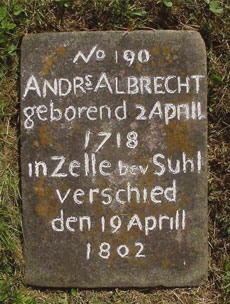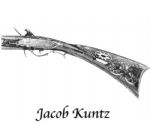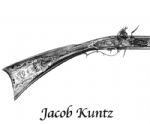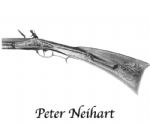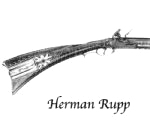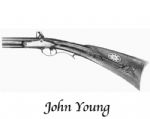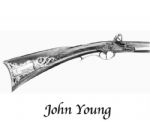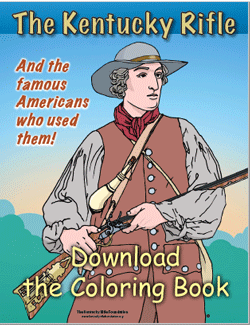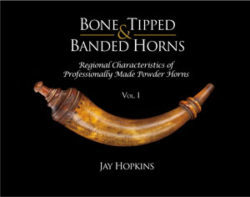School: Northampton/Lehigh (Pennsylvania/PA)
Andreas Albrecht (1718-1802) was one of the patriarchs of Pennsylvania gun building. Born in Germany, he came to America in 1750 and served as the master gunsmith at the Moravian settlement of Christian Springs, the initial place where guns were built within the Lehigh Valley, near present-day Nazareth. Albrecht left the settlement in 1771 and moved to Lititz, a Moravian community in Lancaster County, PA, where he continued gun building. Albrecht was the master of William Henry, Jr. Only one signed A. Albrecht rifle is known to exist today.